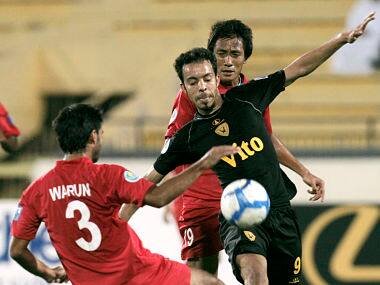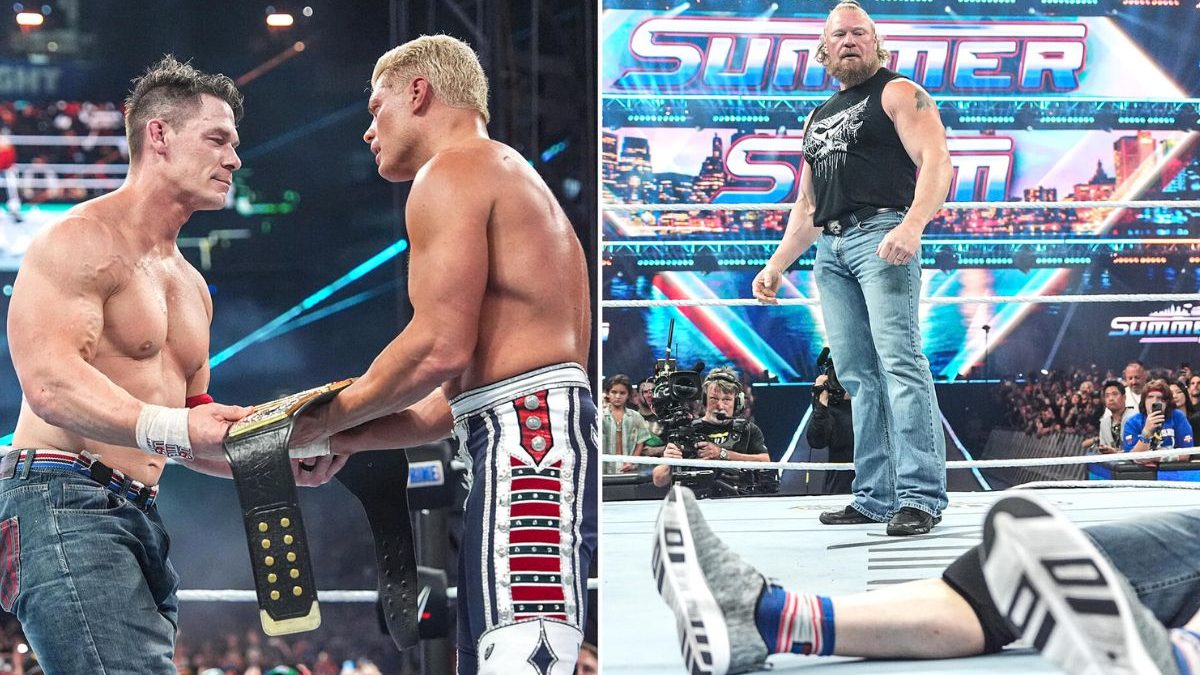The I-League’s first match is a massive Goa derby — the champions Churchill Brothers vs Salgaocar — something that should capture the fantasy of football fans in India. But the sorry thing is that most of us don’t even know that it’s starting today. This, for a globally popular sport like football, is quite sad. Take for example the Indian Badminton League. Even though they were slightly late with the advertisements on TV, they just managed to create enough buzz for it to be a success. Yes, the controversies came and went, but they pulled it off and they can pat themselves on the back for a fair effort in the first edition. The I-League however, is in it’s sixth year. And it fails to leave a whiff in the air of its arrival on Saturday. If you’re in Mumbai, ask yourself whether you’ve seen one hoarding or marketing activity relating to Mumbai FC’s I-League matches. Maybe in a city like Goa, the promotions are more visible — but that’s a city with top clubs. If, as the All India Football Federation keeps saying, they want awareness about the sport to spread, there has to be more ruthless marketing happening all over the nation. [caption id=“attachment_1124749” align=“alignleft” width=“380”]  File photo of Churchill Bros during the 2010 AFC Cup. Reuters[/caption] What’s more, the first round of matches are not even going to be broadcast. In a meeting in August, IMG-Reliance, the official marketing partners of the AIFF, gave a full-proof plan to the clubs. It was decided at the meeting that IMG-R will do all the promotion for the league. But at another meeting, later in the same month, the clubs decided that they would manage all the outdoor marketing — which includes hoardings, radio ads and newspaper ads. A source told Firstpost that all this is documented communication. The bigger picture though, leads to the fact that a broadcast partner couldn’t be found in time. By the time all these meetings were wrapped up, the people who run the sport in the country were already staring at a delay. A Memorandum of Understanding was signed with Zee Entertainment which said that Ten Sports will be broadcasting the event. There was then a delay from the broadcaster’s end in committing to the deal — leading to a slight impasse and the eventual cancelling of the broadcast of the first round of matches. “The clubs said that they were ready to do all the outdoor activities so the initial plan had to be cancelled. You will now see promos on Ten’s channels in the next three-four days leading up to the round of matches next weekend. For key matches, there will also be pre and post-match analysis.” It’s probably unfair to put the blame squarely on the AIFF or IMG-R. Or for that matter, even Ten Sports. The clubs themselves have a responsibility in promoting their side’s fixtures. But little of this is visible or makes its mark on your memory, in an age of stiff competition in digital, social and outdoor marketing. “We’ve tied up with partners and have 10 hoardings in the city which started a week back,” says Pune FC’s spokesperson. “We have also gone to 50 schools and colleges to spread awareness about our club and fixtures. This is more of an educational process, not purely marketing,” he ads. However, champions Churchill are slightly behind schedule. “The four Goa clubs came together and decided to start off with our own marketing. Yes, there’s a delay, but we were waiting for a final word from IMG-R,” says a source at the club. “Our hoardings will go up before the 2nd or 3rd round of matches and we’ve also tied up with a charity so that children can come and see the games. But we can tell you that we’re expecting a full house on Saturday for the opener.” Goan Flavio Lopes, 24, who is a football enthusiast, puts it in a nutshell: “Clubs are trying, but it’s weak marketing. They go to schools and do some promotional activities, but it’s not working. No one apart from those who follow Goan clubs even knows that the league is starting here.” One way that the foreign leagues market their games is a ‘matchday’ price. It’s the complete experience — the match, the food and the facilities. “There’s no facilities here! The match timings are odd. Nobody will go at 4pm. If the matches are at 7pm, people will go with their families, they’ll spend on food and maybe merchandise. The marketing needs to be done in a way that income is generated. When I go to a match, I hardly feel like spending,” says Lopes. The problem of people not going to watch football may be more deep-rooted — but even at the most basic level of marketing there are issues. There’s no guarantee that better marketing means more people will watch. But there is one guarantee — if things continue like this, then no one will ever know when the I-League started, or when it finished.
The I-League is in it’s sixth year. And it fails to leave a whiff in the air of its arrival on Saturday. Even the Indian Badminton League did better.
Advertisement
End of Article
Written by Pulasta Dhar
If there is one place Pulasta Dhar wanted to live, it would be next to the microphone. He writes about, plays and breathes football. With stints at BBC, Hallam FM, iSport, Radio Mirchi, The Post and having seen the World Cup in South Africa, the Manchester United fan and coffee addict is a Mass Media graduate and has completed his MA in Broadcast Journalism from the University of Sheffield." see more


)

)
)
)
)
)
)
)
)



